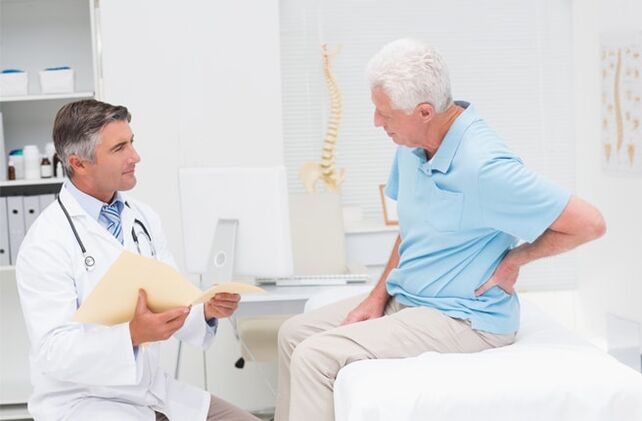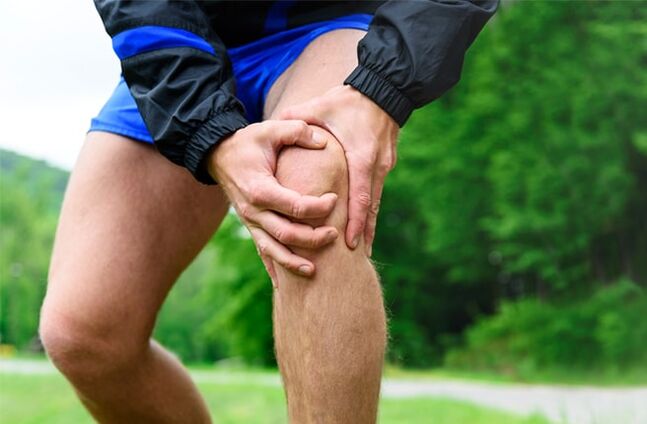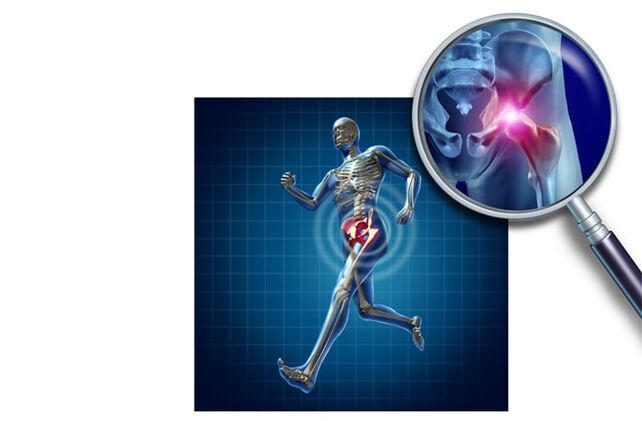Osteoarthritis (osteoarthritis or deforming osteoarthritis (DOA), or deforming osteoarthritis) is a disease of the joints, in which joint cartilage is affected in the early stages, so surrounding muscles, ligaments, nerves, and even bone tissue are included in the pathological process.

Osteoarthritis is a disease that develops due to various reasons. These include metabolic disorders, trauma, intoxication, etc.
Patients usually call "osteoarthritis" any joint disease in which pain, limited mobility and other discomfort are observed in the area of one or more joints, which is not always the case. Arthrosis and associated pains develop as a result of the "aging" of the joints, due to the influence of various negative factors, however, the causes of joint pain can be infections and injuries, and in these cases it is other pathologies.
Statistics of osteoarthritis
Up to 70% of patients at the reception of a general practitioner, therapist, neurologist, surgeon, rheumatologist complain of joint pain. Most often these are pains in the lower back and in the area of the large joints (knee, hip). Worldwide, up to 70% of long-term disability cases are represented by osteoarthritis. Many patients - up to 10% of those seeking help from a doctor due to advanced osteoarthritis have disabilities and need constant help. Arthrosis is one of the main reasons for a person's premature departure from a full-fledged social life, in statistics it is second only to coronary heart disease.
The probability of developing osteoarthritis increases with age: in people over 50 it occurs in 27% of cases, in elderly people over 70 the prevalence is 97%, due to the cumulative age-related burden on the joints and when their normal functioning expires.

Causes and development
The main factor in the development of arthrosis is the malnutrition of the articular cartilage, which leads to its destruction. It is not so important why this happens (large overweight, professional sport, work habits, hormonal disorders, congenital defects of the joints, etc. ), the result is the same:
- changes in joint cartilage begin that lead to a loss of elasticity; microfractures appear in the thickness of the cartilage;
- the blood supply to the joint is interrupted, the production of joint fluid decreases, the mechanics of the joint changes;
- therefore all the structures of the joint, the adjacent muscles, the nerve endings are involved.
The listed degenerative disorders lead to the development of symptoms of arthrosis, and the disease "begins" at the moment when the constant mechanical load becomes prohibitive for the joint (or joints) and starts the processes of its destruction.
Symptoms of arthrosis art
Unlike other joint pathologies, osteoarthritis develops over many years, long-term and unnoticeable to humans. By the time the body signals a joint problem with severe pain, the pathological process in it has already begun.
Pain is the main symptom of arthrosis (arthrosis), in the initial stages the pain is not very pronounced, weak, more comparable to discomfort. The unpleasant sensations in the joints that occur after loading disappear on their own, without any medical or pharmacological intervention, but quickly become noticeable and limit the normal mobility of the person.
Pain can also occur at rest or at the beginning of movement (the so-called "beginning"), for example, in the morning after sleep or after sitting in one position for a long time during the day, switch during movement. The pains of sleeping at night are also characteristic of osteoarthritis, which diminish rapidly even with the onset of physical activity. Patients with joint problems usually say that to eliminate discomfort it is necessary to "stretch the bones", "wake up the joints", which, in general, characterizes this condition quite accurately.
Painful sensations arise not only due to disturbances in the work of the joint itself. When all components of the joint, muscles and nerve endings are involved in the process, the pain becomes varied and stabbing: "shooting" along the nerve, spreading through the muscle. The blood supply to the joints, nerves, muscles is disturbed, degenerative changes quickly occur in them.
Temporary or permanent limitations of joint mobility (contractures) develop due to severe pathological changes in the joint and muscle tissues. For example, with osteoarthritis of the hip joints, the limb is shortened, the pelvis is "tilted" and the spine is curved.

The creaking of the joints in the early stages is almost invisible, but as the disease progresses during movement, it becomes constant. This symptom psychologically worries patients with osteoarthritis even more than pain, as it indicates serious disorders, in particular the aging of the body and the musculoskeletal system.
In the later stages of osteoarthritis, joint deformation occurs, which is associated with the loss of all joint surfaces with curvature, bone growth, decreased amount of joint fluid and joint subluxation.
Phases
Depending on the severity of the symptoms, different stages of osteoarthritis are distinguished.
In the first stage, pain at rest and with moderate exertion is absent, it appears only after a high load (physical fitness, carrying heavy loads, running) or after a long static position. A person does not experience movement restrictions and difficulties. No drug treatment is required.
In the second stage, the pain is pronounced and constant, quickly manifests itself under the influence of provoking factors (long walking, physical activity), does not go away on its own. The patient is limited in movement, the mobility of some joints is severely limited: the knee, hip and others. Medical assistance is required, a treatment regimen must be prescribed, including drugs and non-drug methods.
In the third stage, the patient moves with difficulty, needs constant care, the pain is excruciating. As a rule, surgical treatment (endoprosthesis) and massive physiotherapy are required to restore the quality of life.
Symptoms of osteoarthritis appear at a young age, and in this case it is necessary not to ignore them, but to consult a doctor. Prompt treatment will support normal joint function and help prevent rapid progression of the disease.

























